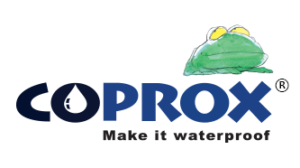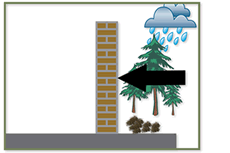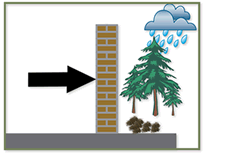WATERPROOFING
POSITIVE SIDE WATERPROOFING
Positive side waterproofing prevents damp problems at its source whereas negative side waterproofing is a remedial solution only. Positive side waterproofing is applied to the outside surface of a building or structure – usually to the external walls. Positive side waterproofing is also applied to the walls of showers, bathrooms, kitchens and laundries to prevent moisture penetration into adjoining rooms and cupboards. In these instances, they are the wet side of the wall. Positive side waterproofing protects against, amongst others, corrosive soils which can attack masonry and concrete and even steel reinforcing. Water seepage as a result of a high water table, rain and even garden sprinklers is also prevented. In all new construction, positive side waterproofing must form an integral part of the building specification in order to ensure a problem free structure.
NEGATIVE SIDE WATERPROOFING
The most common use of negative side waterproofing is where access to the outside face is inaccessible or where the source of the problem is impossible or difficult to reach. Examples include pits, shafts, basements, wine cellars, underground parking and retaining walls etc. Shells of ponds and pools are also susceptible to negative water seepage. Negative side waterproofing is generally a testament to poor building practices. Negative side waterproofing materials can also be applied to the positive side of a building. Membrane waterproofing systems are not suitable for negative side waterproofing as the external water pressure (hydrostatic pressure) can easily disbond the membrane from the substrate.


